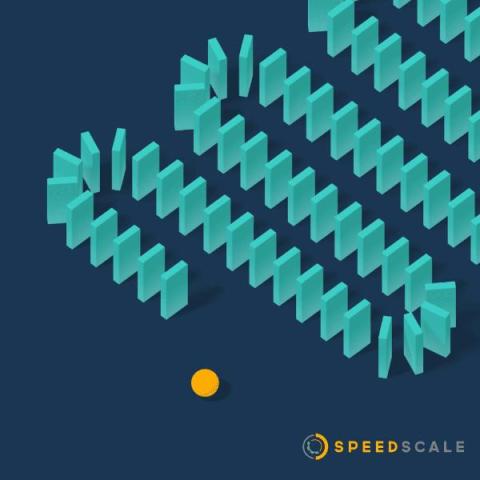Sponsored Post
How to Capture Network Traffic in Kubernetes
Figuring out what APIs are doing in Kubernetes can be difficult. Read the pros and cons of WireShark, Kubeshark and Speedscale and when to use which.











